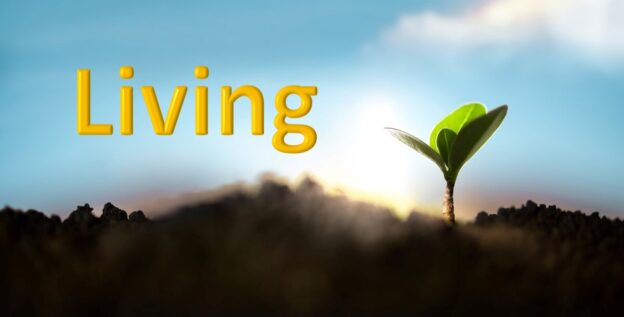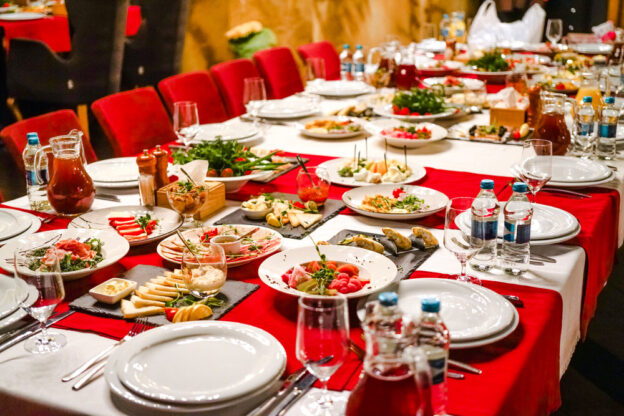Reach Out, Connect is the theme for Loneliness Awareness Week 2025 and is about fostering empathy and building a more connected society. It’s a chance to reflect on our own relationships and consider how we can support others who may be feeling isolated.
Inspired and hosted by The Marmalade Trust, this Loneliness Awareness Week is a vital campaign dedicated to raising awareness about loneliness and its impact on our mental and physical well-being. You may have participated in Random Acts of Connection during the 2024 campaign, which reached 638,000 people across the UK and globally on social media.
In today’s fast-paced, digitally connected world, it’s easy to assume that loneliness is rare. Yet, millions of people—regardless of age, background, or lifestyle—experience it. Whether it’s a fleeting feeling or a long-term struggle, loneliness can affect anyone. Loneliness Awareness Week encourages open conversations about loneliness, helping to break the stigma and normalize the experience as a natural part of being human. This week of awareness serves as a reminder that feeling lonely doesn’t mean something is wrong with you; it simply means you need more meaningful social connection.
In a previous blog post, I wrote about the Loneliness Pandemic. Loneliness Awareness Week can help bring our attention to this epidemic and notice what is going on. Our Conscious Living approach embraces the three themes of noticing what is going on, setting intention, and acting responsibly, or more simply Attention, Intention, and Action (A-I-A). Raising our awareness of loneliness is an important step towards setting an intention and taking action.
During our conversation circles, we explore questions such as, What are you noticing? Where is your attention? What is your intention for helping humanity? What actions will you take to contribute to making the world a better place to live and work? Each of our conversation circles serves as a special community, fostering wonderful interactions and building connections that often develop into lasting friendships. These places are for deep conversations – places for listening, learning, sharing, and reducing loneliness.
Loneliness Awareness Week emphasizes the power of small actions—like checking in on a friend, starting a conversation with a neighbor, or joining a local group. These simple gestures can make a profound difference in someone’s life, including your own. Our conversation circles on Zoom make a difference in people’s lives every week. If you are looking for connection and community, and you are curious about these circles, visit our Conscious Conversation Circles web page or send an email to me at paulw@drpaulward.com.
This article was first published on: https://drpaulward.com/time-to-connect-and-reflect/








